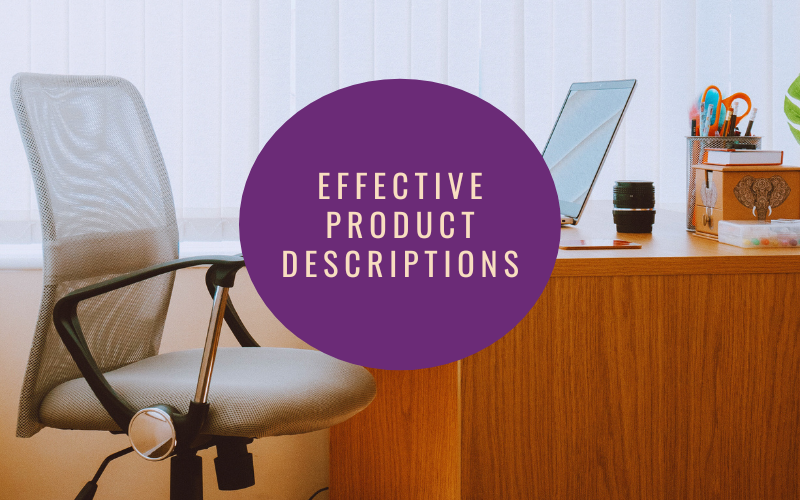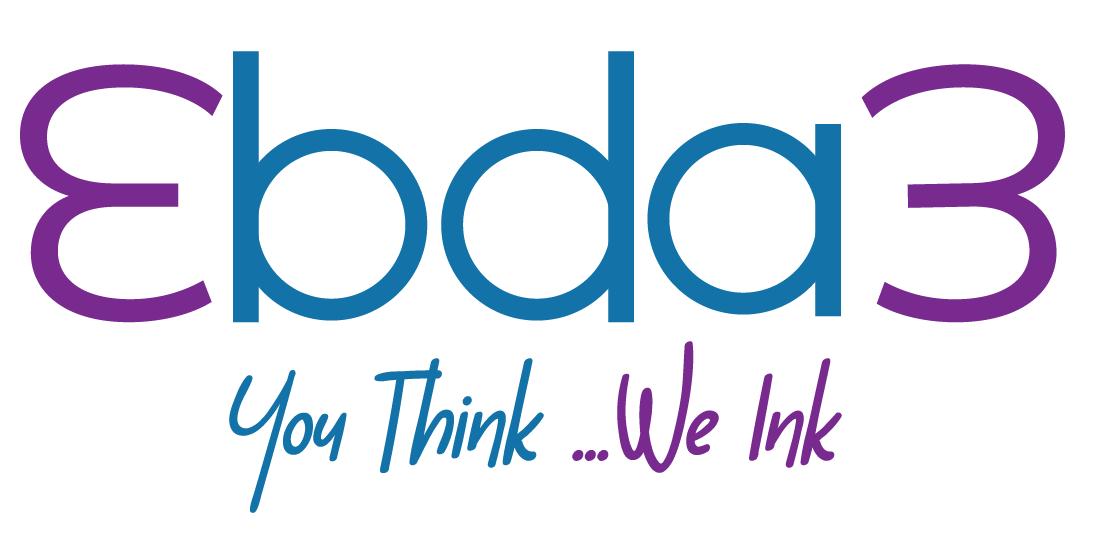Transforming Features into Benefits: The Ultimate Guide to Effective Product Descriptions

When it comes to selling a product, whether online or in-store, the key to capturing your customer’s attention lies in how you present it. The secret to successful selling is not just listing the features of your product but transforming those features into compelling benefits that speak directly to the needs and desires of your customers. In this ultimate guide, we’ll explore how to craft product descriptions that not only highlight what your product can do but also explain why it matters to your customers.
Understanding the Difference: Features vs. Benefits
Before diving into the art of writing product descriptions, it’s important to distinguish between features and benefits.
– Features: These are the factual elements of your product. Features describe what the product is, what it does, and what it’s made of. They are the technical aspects and characteristics that make up the product, such as size, material, functionality, and specifications.
– Benefits: Benefits, on the other hand, explain why those features matter to the customer. They answer the question, “What’s in it for me?” Benefits connect the dots between the product’s features and the customer’s needs, showing how the product can improve their life, solve a problem, or deliver a desired outcome.
For example, if you’re selling a waterproof jacket:
– Feature: The jacket is made from waterproof material.
– Benefit: The jacket keeps you dry and comfortable in any weather, so you can enjoy outdoor activities without worrying about getting wet.
Step 1: Know Your Audience
The first step in transforming features into benefits is understanding who your audience is. What are their pain points, needs, and desires? What motivates them to make a purchase? By understanding your audience, you can tailor your product descriptions to resonate with them on a personal level.
Ask yourself the following questions:
– Who is my target customer?
– What problems or challenges are they facing?
– What are their goals or aspirations?
– How can my product help them achieve these goals or solve these problems?
Once you have a clear understanding of your audience, you can begin to craft product descriptions that speak directly to them.
Step 2: Identify the Key Features of Your Product
Next, make a list of the key features of your product. These are the specific details and characteristics that make your product unique and valuable. It’s important to be thorough in this step, as these features will form the foundation of your product description.
Consider the following aspects:
– Material and construction
– Size and dimensions
– Functionality and performance
– Special features or technology
– Design and aesthetics
For example, if you’re selling a pair of running shoes, your features might include:
– Lightweight construction
– Breathable mesh upper
– Cushioned sole with shock absorption
– Durable rubber outsole
– Stylish design
Step 3: Turn Features into Benefits
Now that you have a list of features, it’s time to transform them into benefits. This is where the magic happens—where you connect the dots between what your product does and why it matters to the customer.
To do this, consider the following:
– How does this feature solve a problem? (Benefit: Solves a specific issue the customer is facing.)
– How does this feature make the customer’s life easier or better? (Benefit: Enhances their lifestyle or convenience.)
– How does this feature help the customer achieve a goal? (Benefit: Helps them reach a desired outcome or objective.)
– How does this feature provide value? (Benefit: Delivers something of importance, such as time savings, cost-effectiveness, or improved performance.)
Let’s revisit the running shoes example:
– Feature: Lightweight construction.
– Benefit: “Run faster and feel less fatigued, even during long distances, thanks to the shoes’ lightweight design.”
– Feature: Breathable mesh upper.
– Benefit: “Keep your feet cool and dry with the breathable mesh upper, designed for maximum airflow.”
– Feature: Cushioned sole with shock absorption.
– Benefit: “Experience ultimate comfort with every step, as the cushioned sole absorbs impact to reduce strain on your joints.”
– Feature: Durable rubber outsole.
– Benefit: “Enjoy longer-lasting wear with a durable rubber outsole that provides excellent traction on any surface.”
– Feature: Stylish design.
– Benefit: “Look great while you train with a stylish design that’s perfect for both the gym and casual outings.”
Step 4: Write Clear, Compelling Product Descriptions
With your benefits clearly defined, you can now write product descriptions that are clear, compelling, and focused on the customer. Here are some tips to keep in mind:
– Use Simple, Conversational Language: Avoid technical jargon that might confuse the reader. Instead, use language that is easy to understand and relatable.
– Be Specific and Detailed: Vague descriptions won’t help your customers understand the value of your product. Be specific about the features and benefits, providing enough detail to paint a clear picture.
– Highlight the Most Important Benefits First: Lead with the most compelling benefits that will resonate most with your target audience. These are the benefits that will grab their attention and encourage them to read on.
– Create a Sense of Urgency: Encourage customers to act now by including phrases like “limited time offer,” “only a few left in stock,” or “get yours today.”
– Use Bullet Points for Clarity: When listing features and benefits, bullet points can make the information easier to scan and digest. This is especially useful for customers who are quickly browsing.
– Include a Call to Action: End your product description with a clear call to action, guiding the customer on what to do next, whether it’s to add the item to their cart, learn more, or contact you for additional information.
Step 5: Test and Optimize Your Descriptions
Writing effective product descriptions is not a one-and-done task. It’s important to continuously test and optimize your descriptions to see what works best for your audience. A/B testing different versions of your product descriptions can provide valuable insights into what resonates most with customers and drives conversions.
Final Thoughts
Transforming features into benefits is an essential skill for anyone involved in selling products. By focusing on the value that your product brings to the customer and clearly communicating how it can meet their needs, you can create product descriptions that not only inform but also inspire action. Remember, a well-crafted product description doesn’t just describe the product—it tells a story that connects with the customer and convinces them that your product is the perfect solution for their needs. So, the next time you’re writing a product description, don’t just think about what your product is; think about what it can do for your customer





